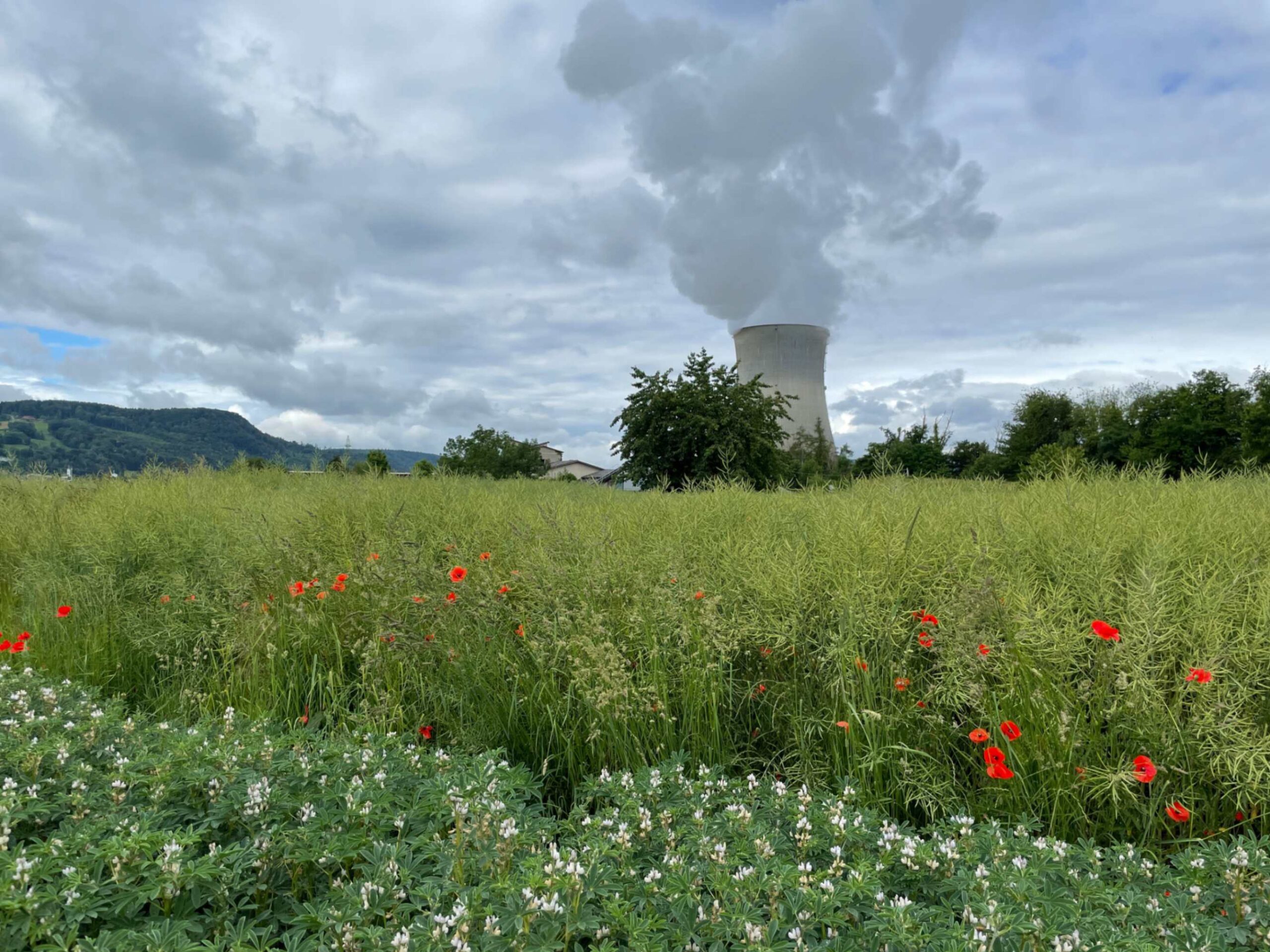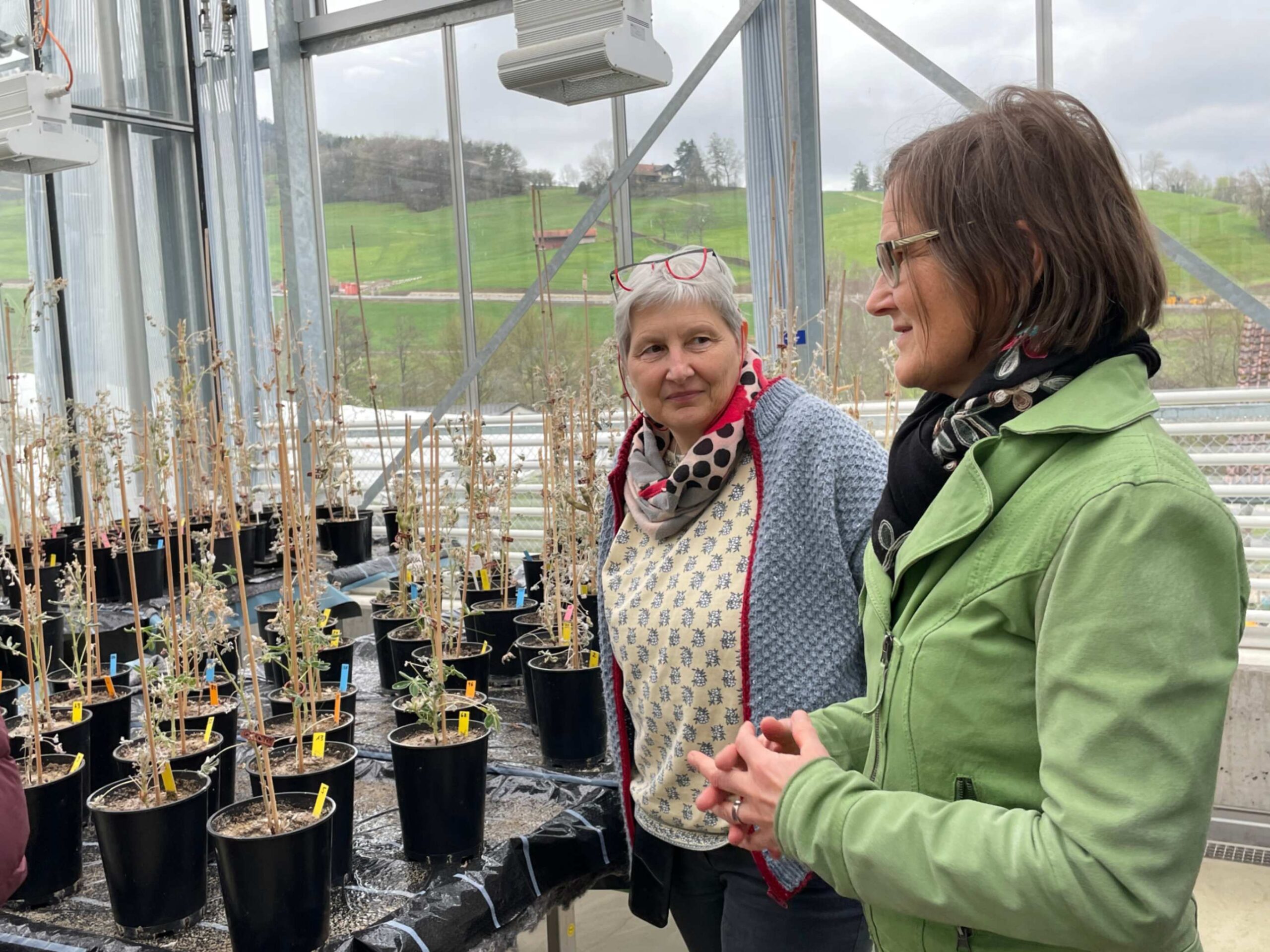
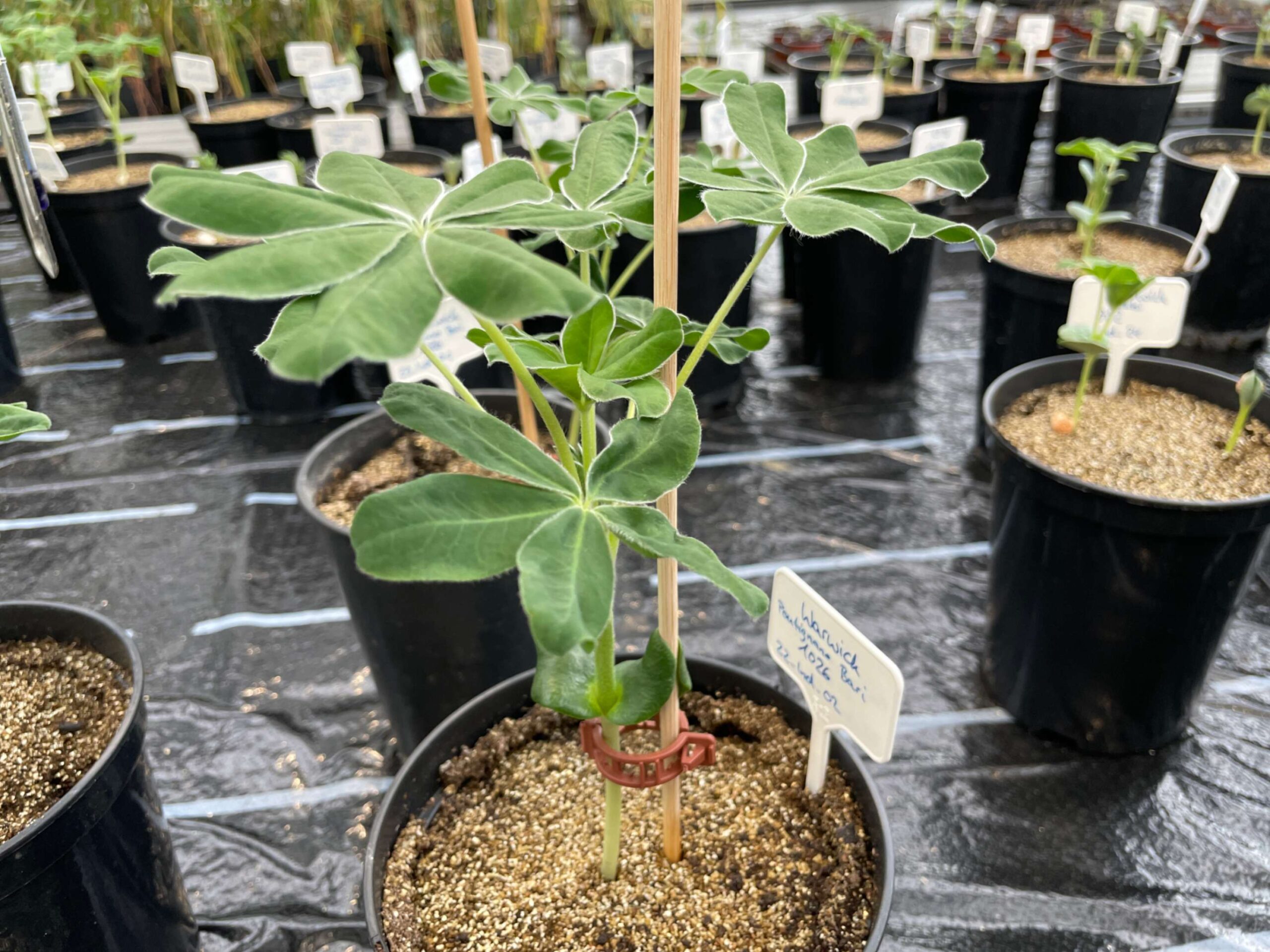
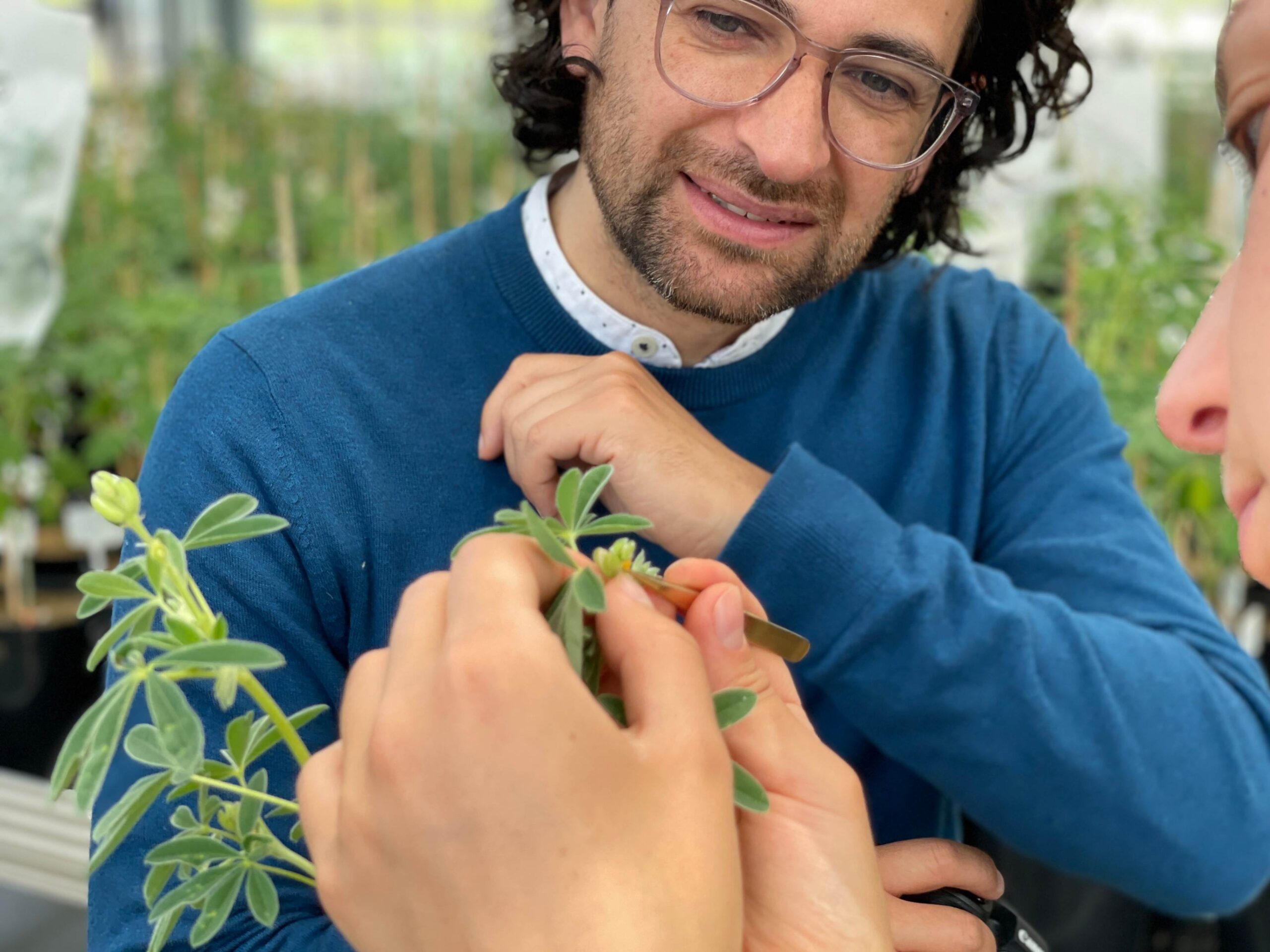
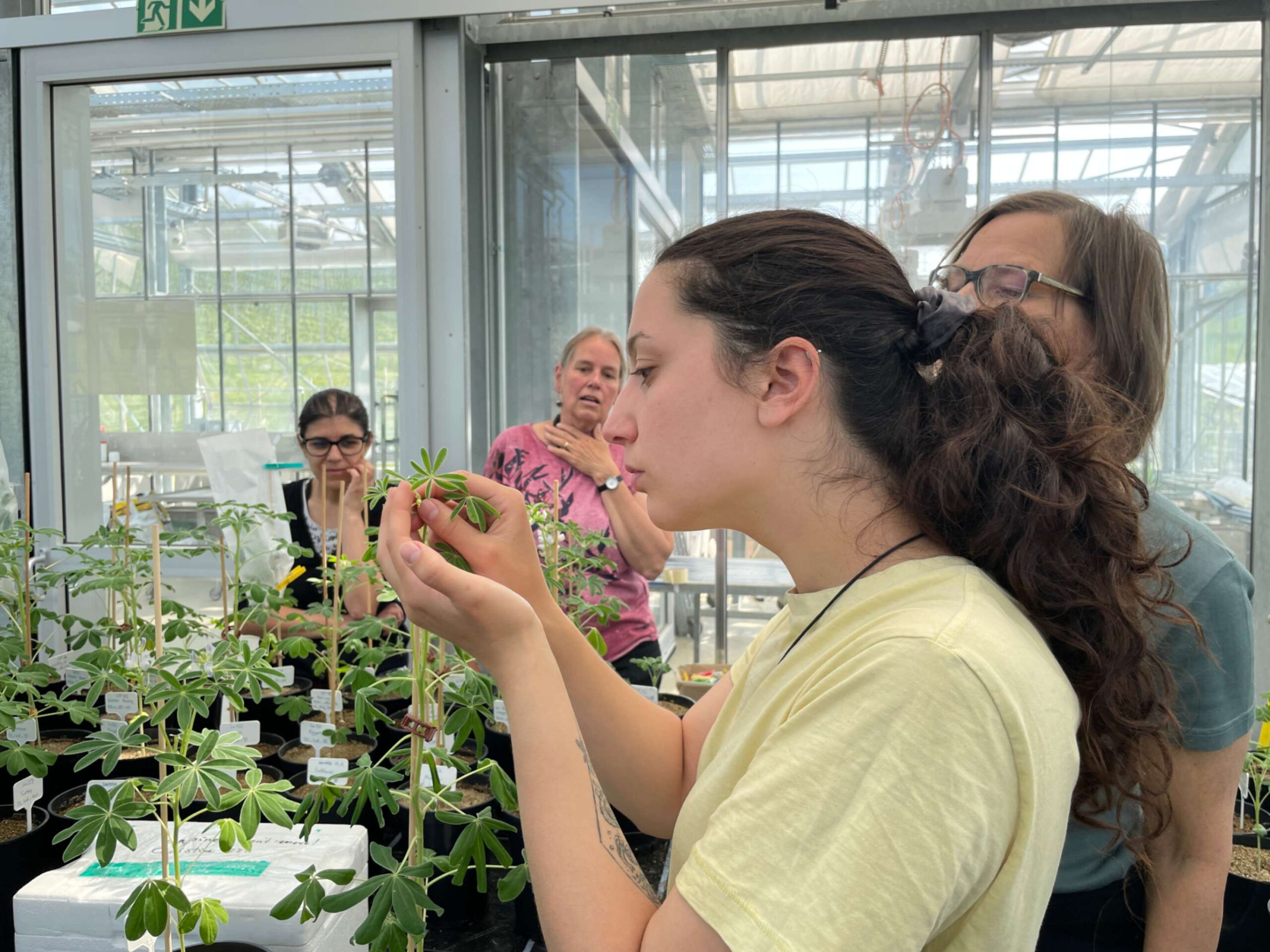
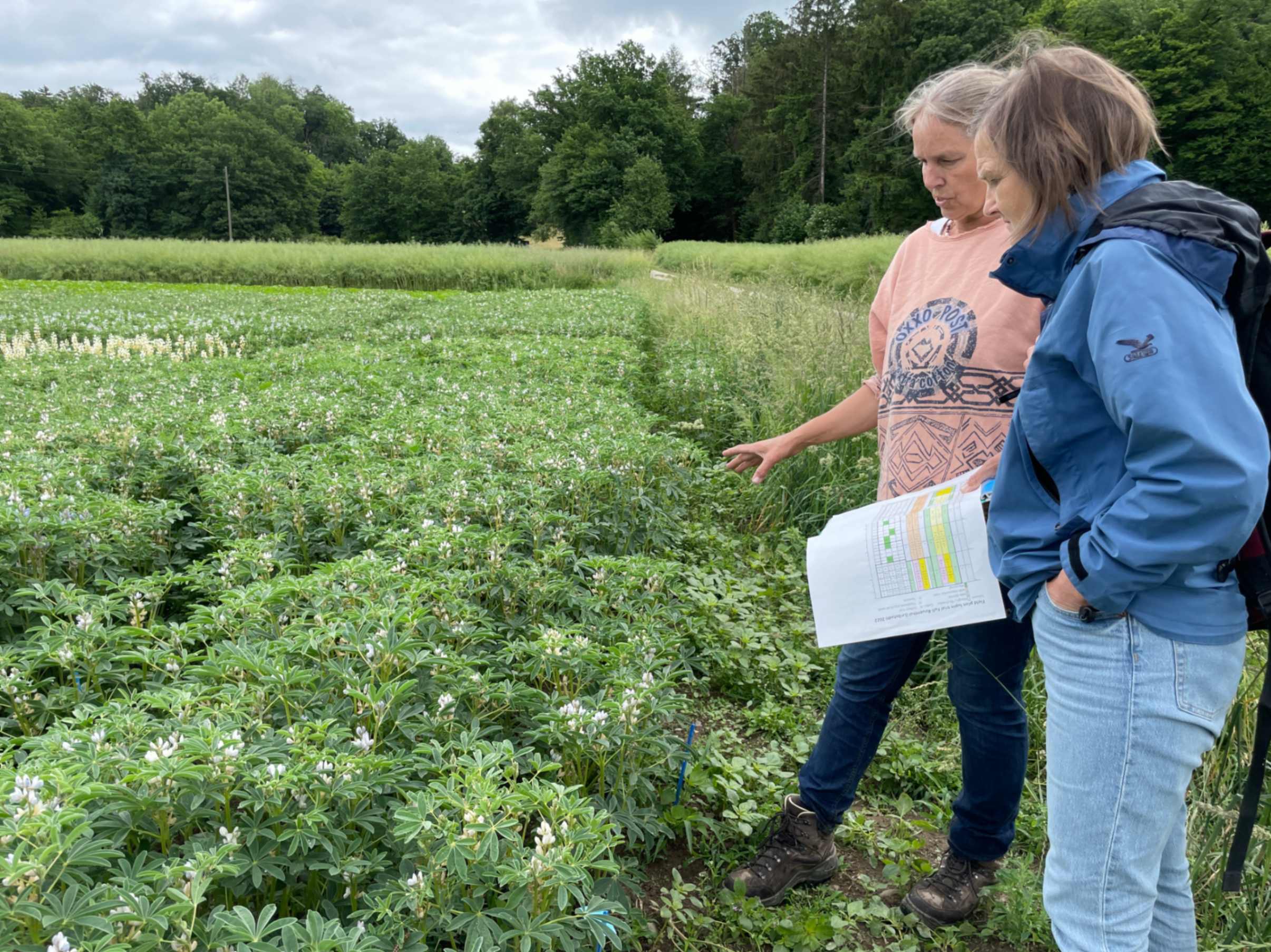
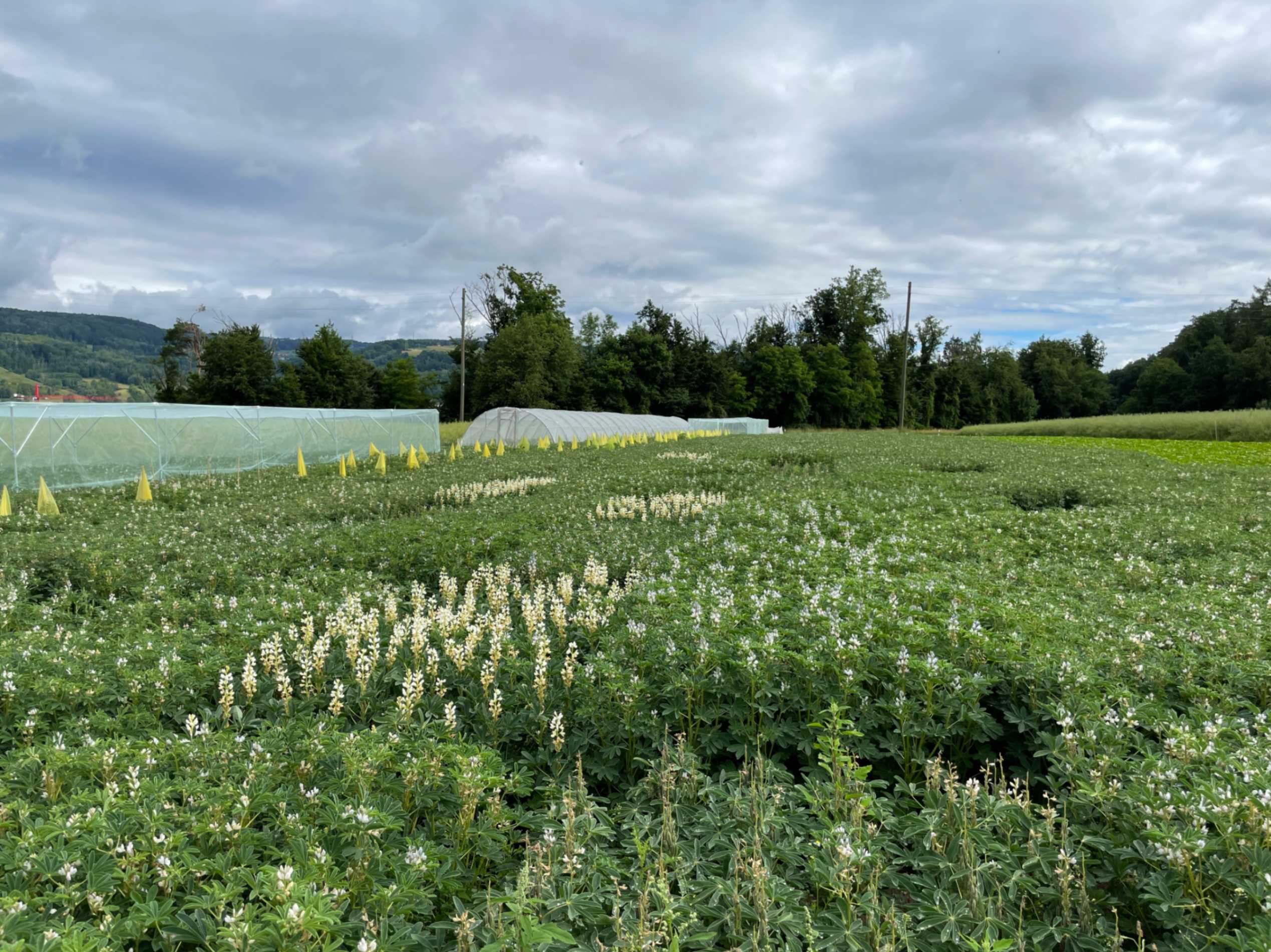
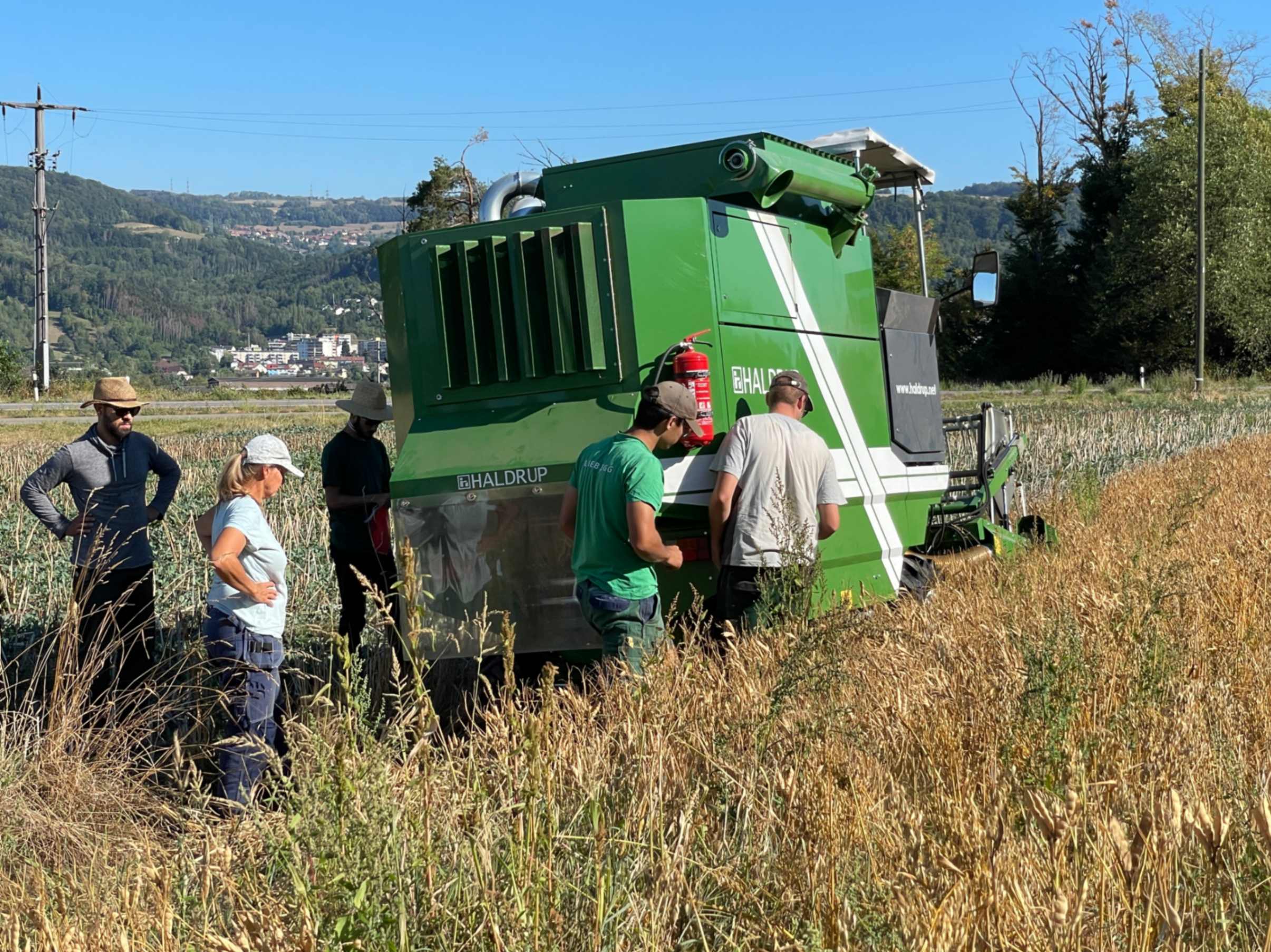
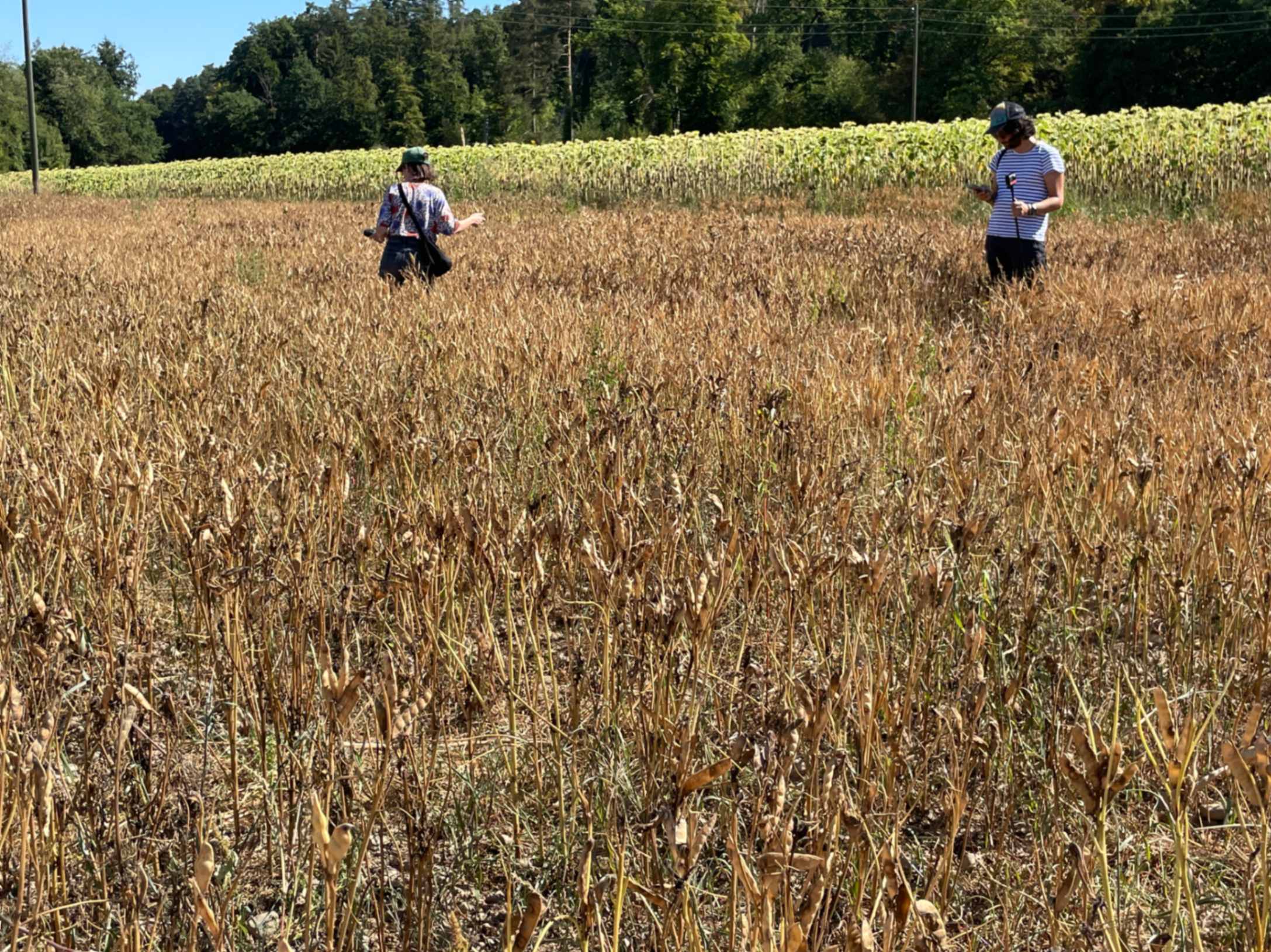
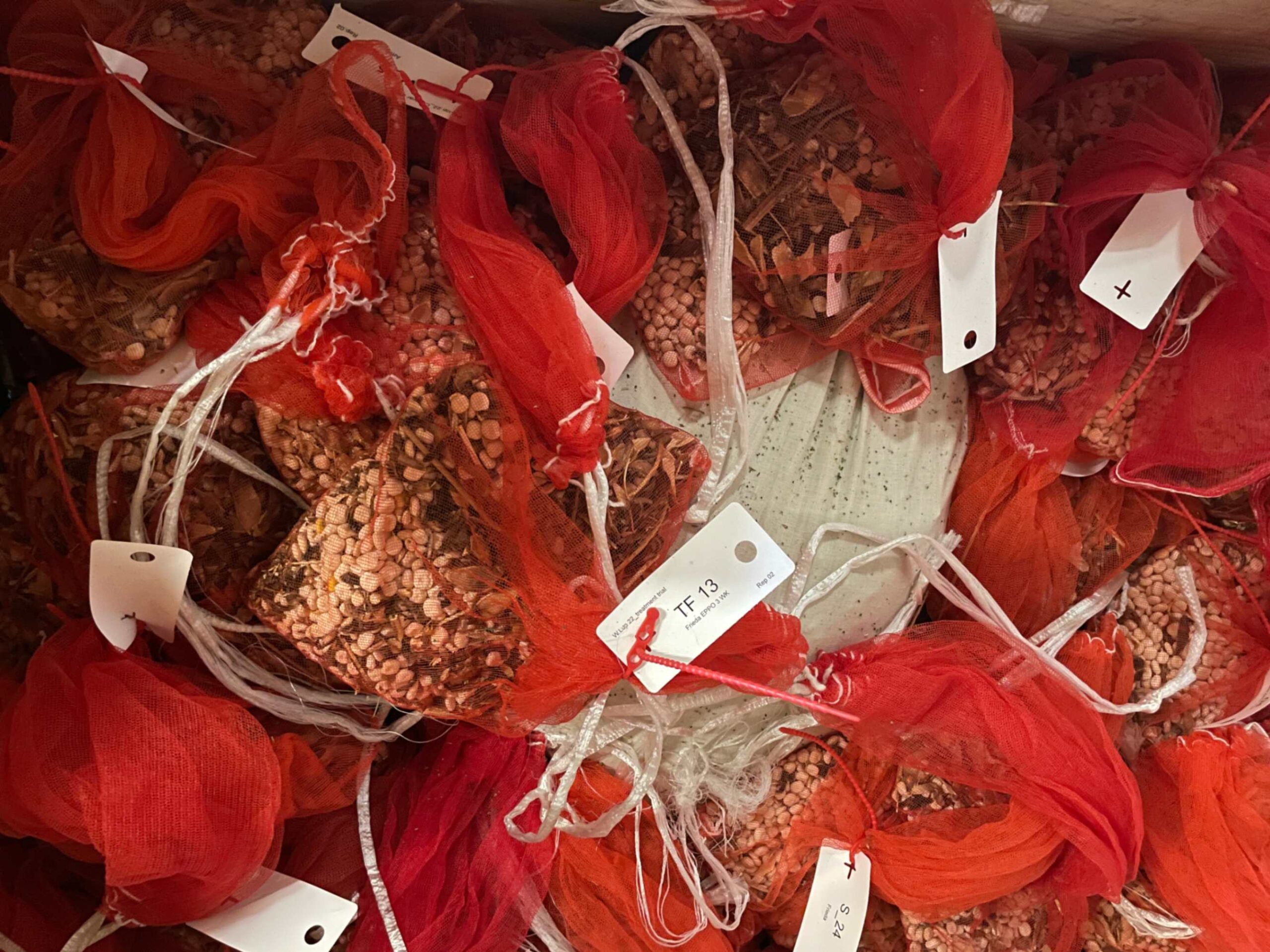
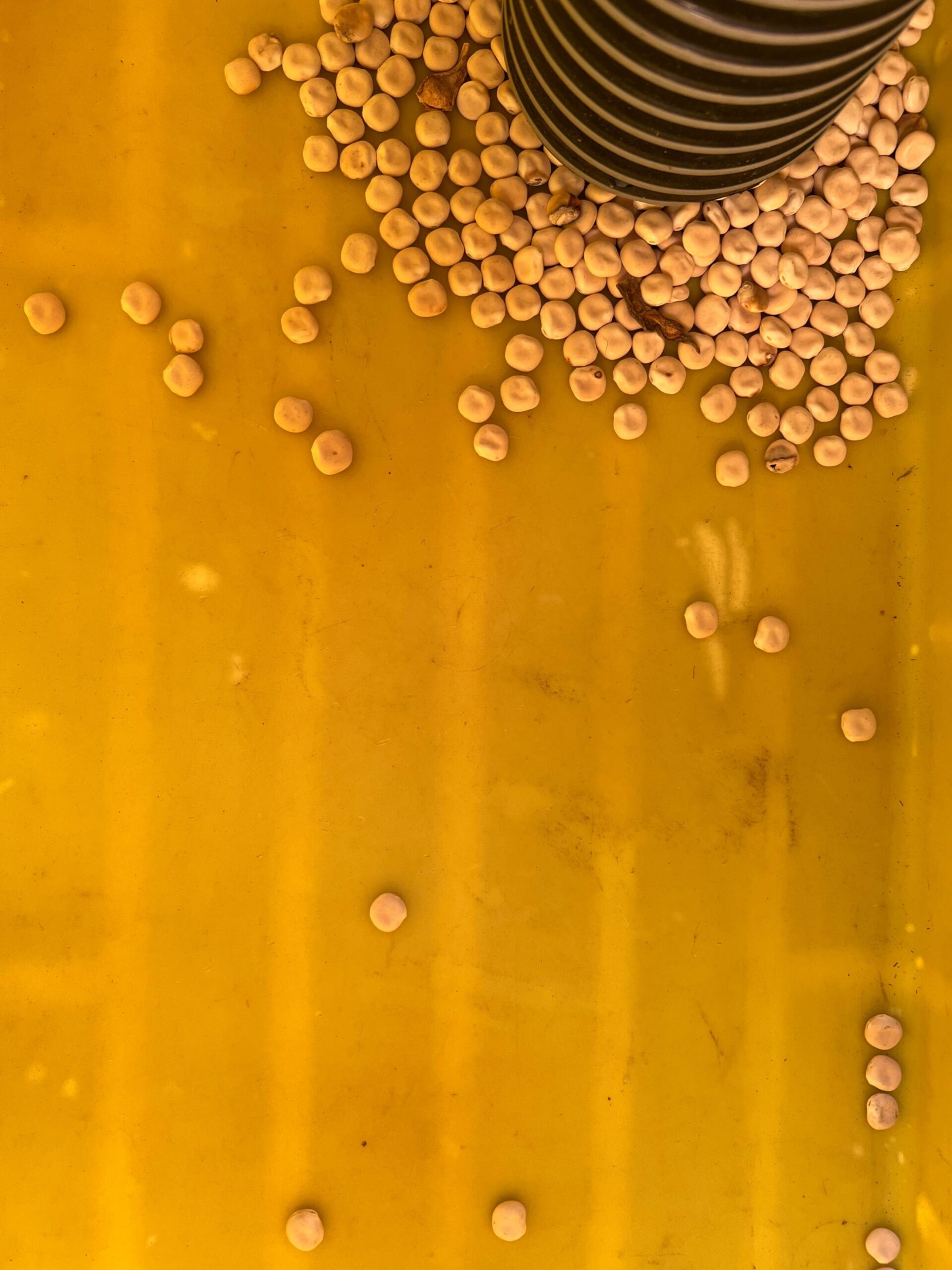
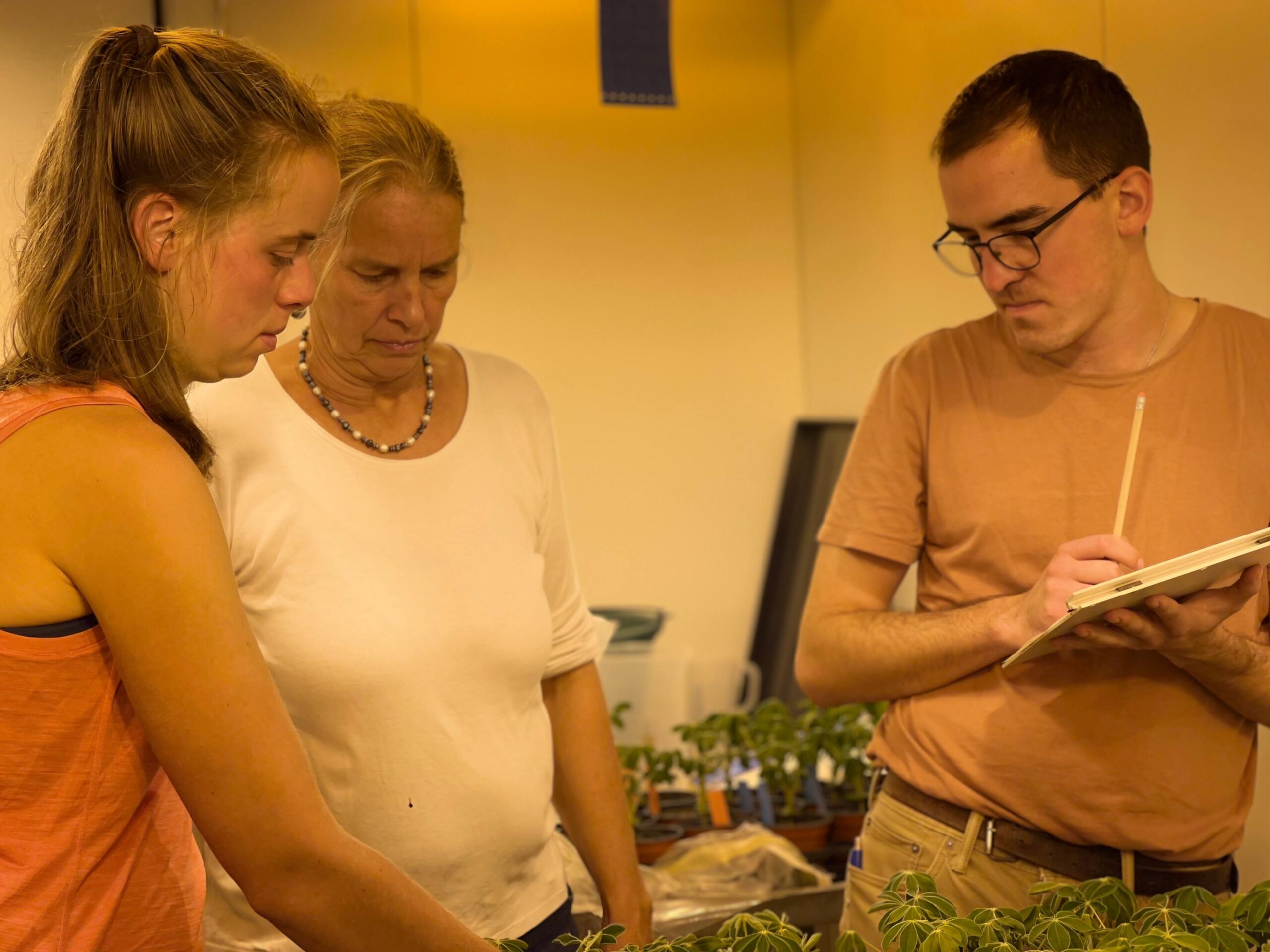
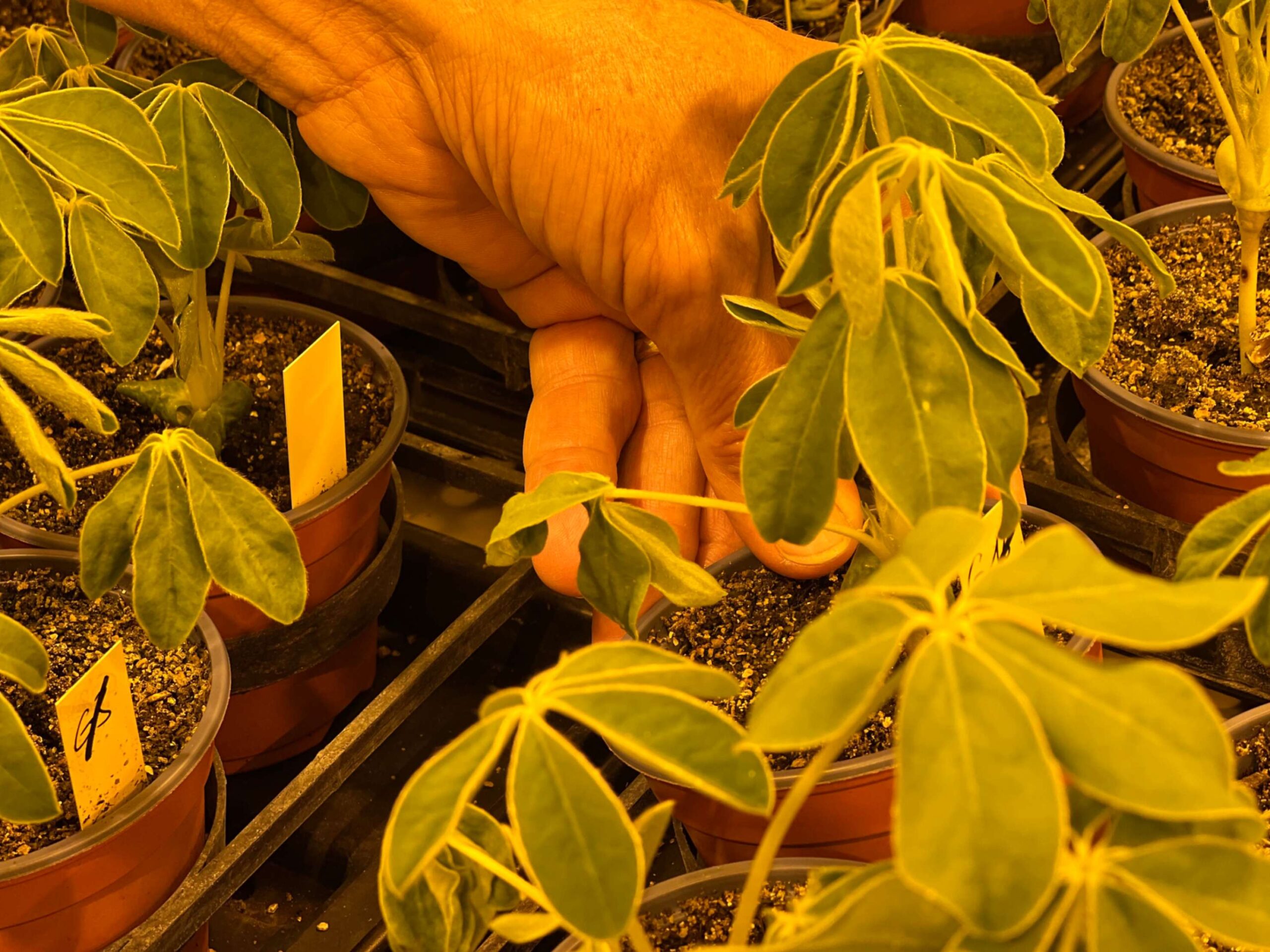
To understand – how plants learned to bud and blossom, and how they made their first decisions about what shapes and colors their flowers should take, – would require tracing evolution back 130 million years. Through evolution, the plants have learned “ingenious sense-making techniques'', such as photosynthesis (i.e. feeding upon photons of light)” (Powell, Sagan, 2011), symbiosis (Lynn Margulis), and many other (Maeterlinck, 1907). Today, contemporary plant researchers at FiBL working with organic breeding are using some of these specific properties of plant-sense-making, however, they don’t call these very important processes (i.e. adapting to the environment or developing resilience) intelligent yet.
However, there are some aspects that biological breeders have observed that also point to intelligent processes that contribute directly to evolution.Biological breeders study how plants develop resistance in response to environmental conditions as well as to pests and diseases. The process of breeding is complex and intricate, involving multiple actors and stages, each based on selection. In this process, where human intelligence "meets" plant intelligence (in the form of plasticity), human decisions interfere with the natural evolution of the choices made by plants.
On the one hand, in breeding experiments, it is man who decides which seeds to use, which experiments to carry out, evaluates the level of resistance achieved and determines which of the resulting seeds to use in the next breeding cycle. But on the other hand, especially when breeding experiments are carried out in the field, plants continue to grow completely independently, responding to the external environment and weather conditions, trying to make the best possible choices - both at this stage of life and possibly in anticipation of future stages of development under the influence of climate change.
Our Plants_Intelligences team was following the Fibl experiments throughout the two growing seasons in 2022 and 2023, particularly focusing on their multiple years research project on White Lupines – “Lupinus albus (also called “Field lupine”).



